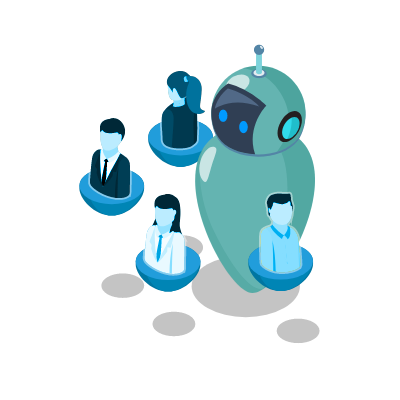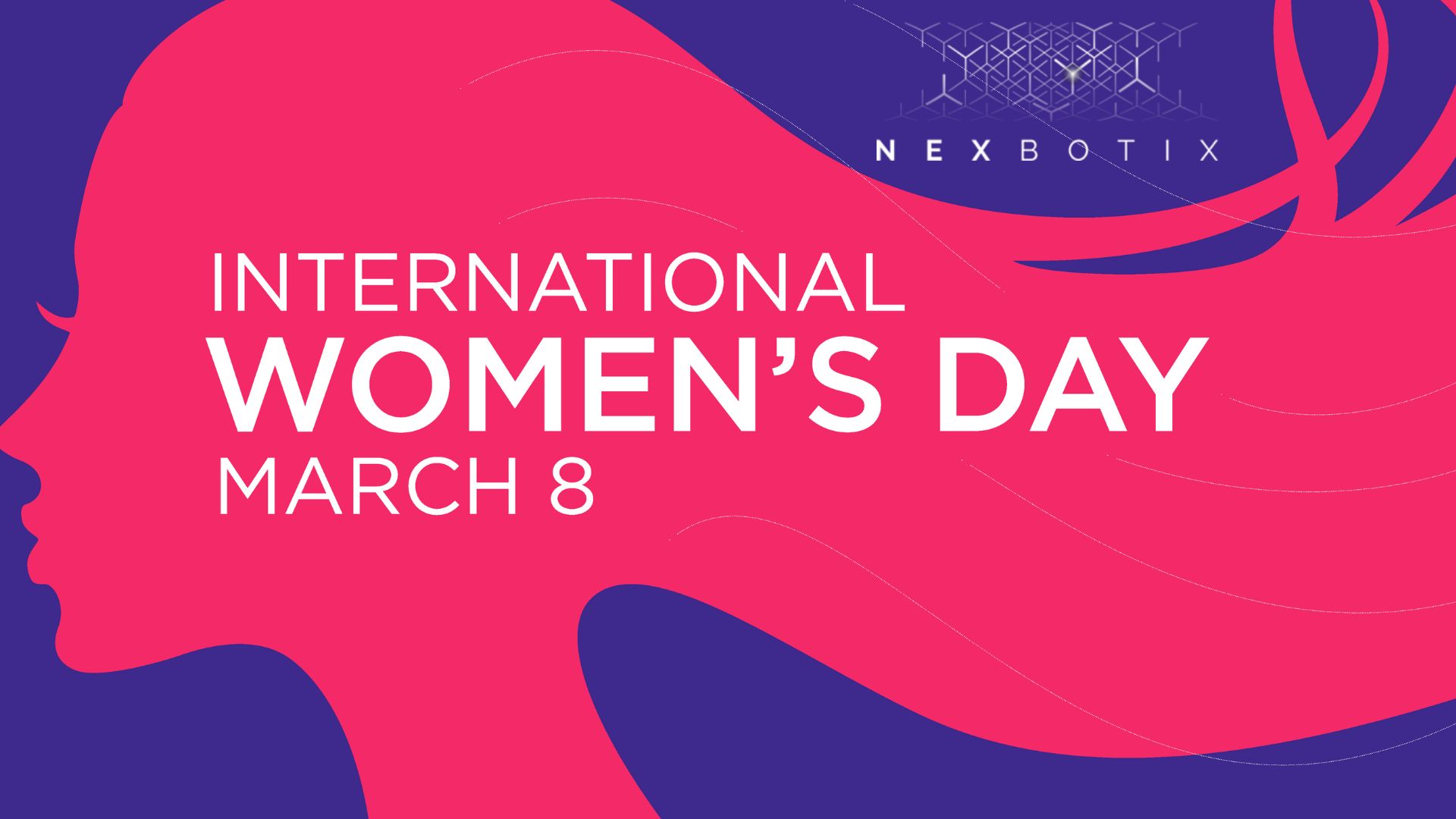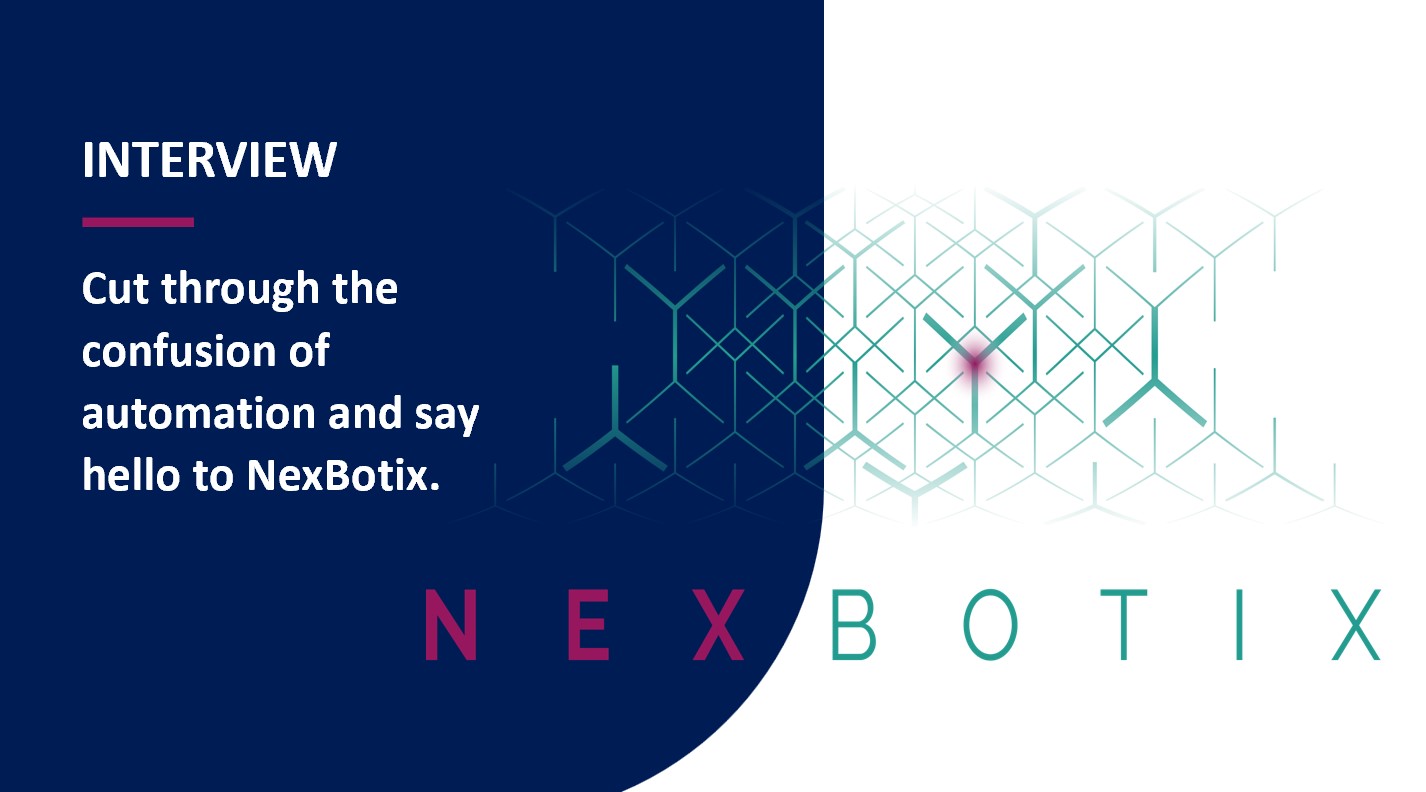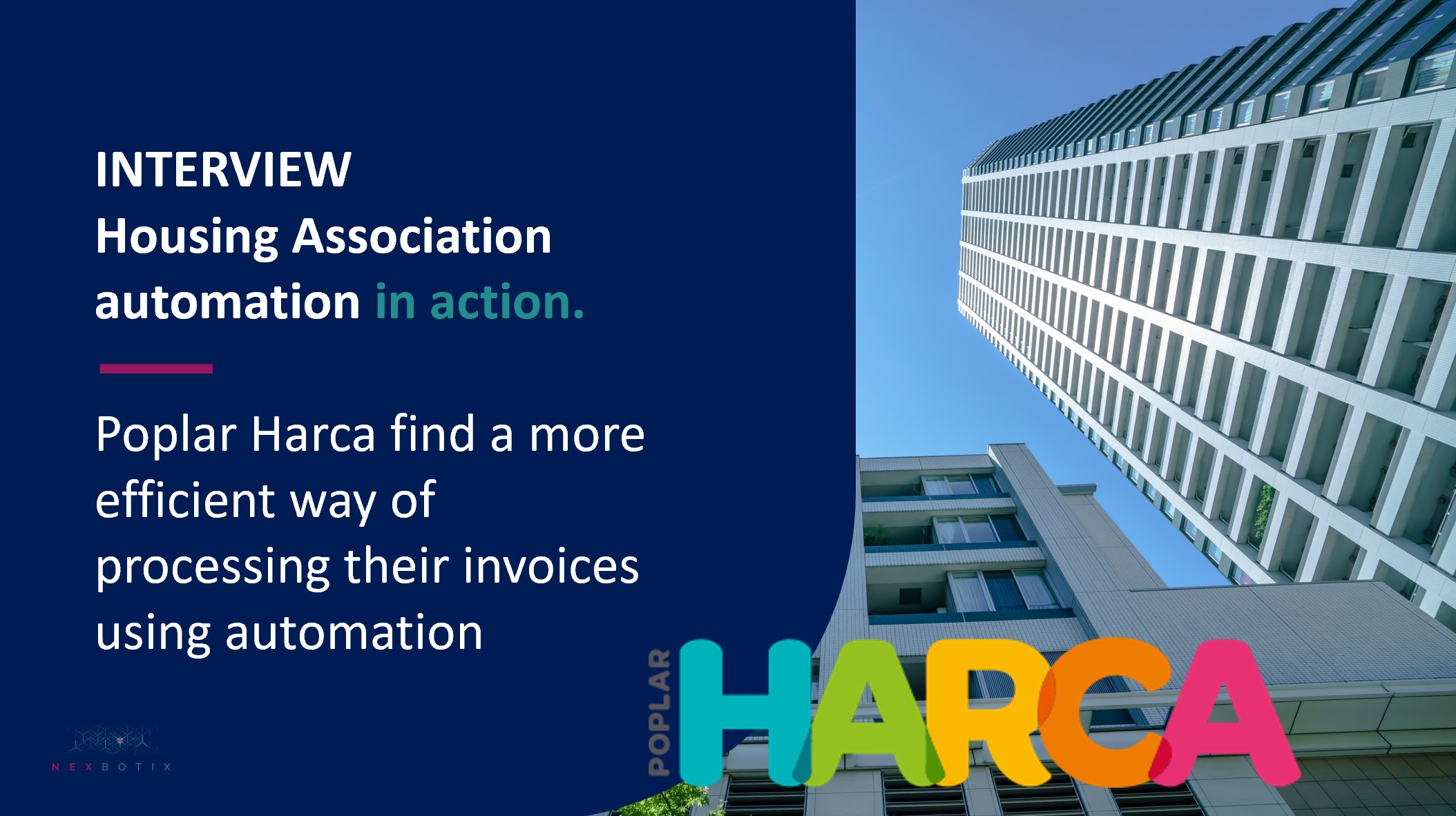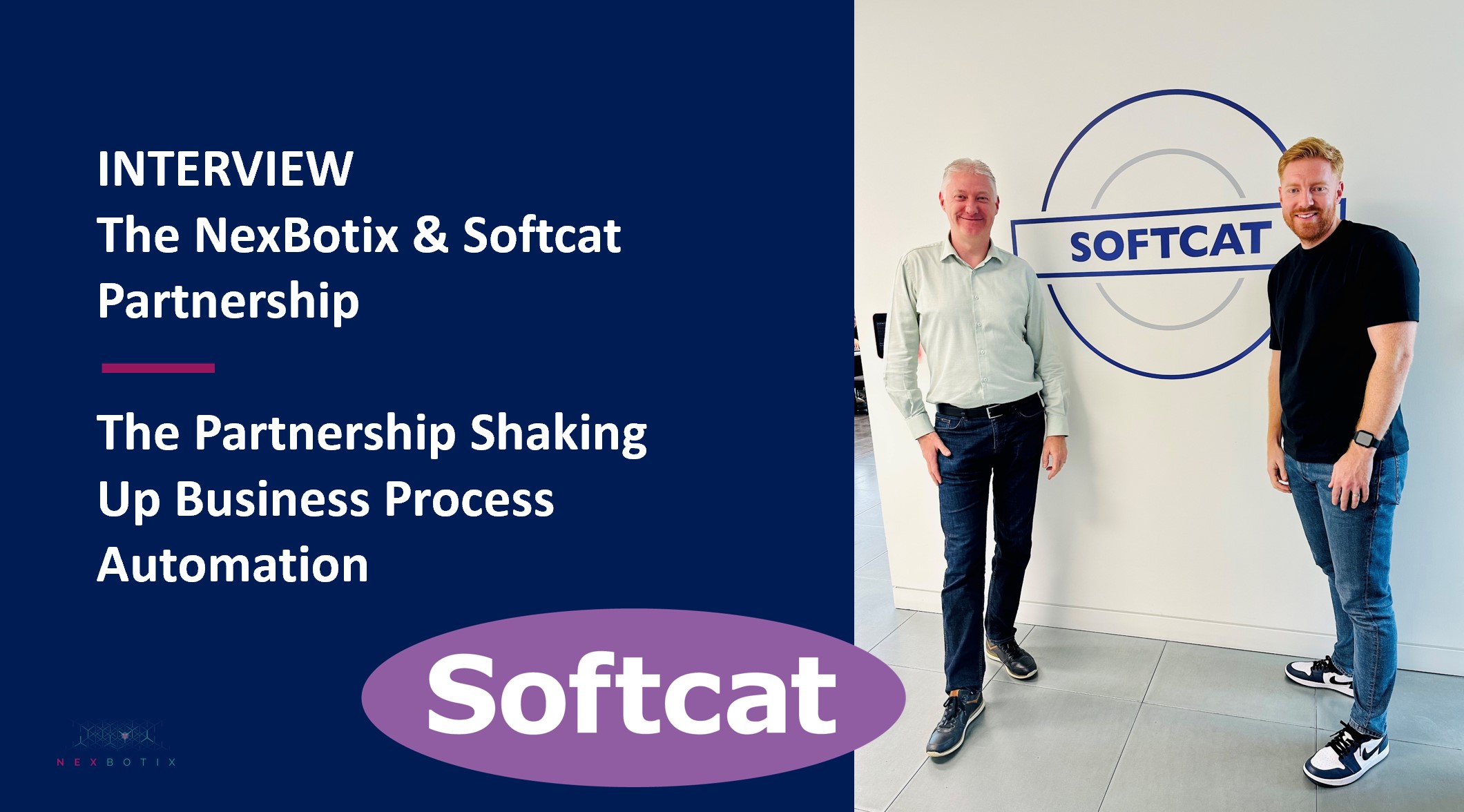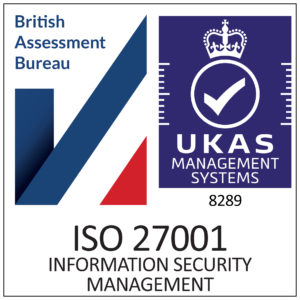Top 5 Most Frequently Used Automation Acronyms
Acronyms. They are everywhere. Did you try to get rid of an acronym by giving something a new name? Oh wait, it just became a new acronym. Unlucky.
Tech is littered with ever-changing arrangements of capital letters that mean something to tech people, and automation is no different. So, if you can’t beat them, should you join them? If the answer is yes, then it’s time to learn some automation acronyms. Let’s take a look at the ones we deal with in our day-to-day automation work here at NexBotix.
OCR (Optical Character Recognition)
An essential part of most document processing automations, OCR is the tech that is able to read characters from a document and encode them as text on a computer screen, as if it had been typed on a keyboard. It has been around for decades in one form or another, but more recently it has become more widely available to the average developer looking to automate documents.
It is usually categorized as an artificial intelligence function, owing to the fact that it tends to get better as it ‘learns’ how to extract based on the volume of documents it sees.
More recently, the big cloud providers such as Microsoft with its Azure Form Recognizer service and Amazon with AWS Textract have been providing handy, on-demand services that developers can pass documents to for extraction, getting instant results that can be used to automate processes. At NexBotix, we have recently been leveraging Microsoft’s service in this area to process documents with very compelling results.
RPA (Robotic Process Automation)
This is a big term in automation, largely because it encompasses our industry as a whole. Robotic Process Automation is the term we use for projects which repetitively perform tasks that would normally be manually performed by a human. It can span a wide range of use cases from more simple things like editing spreadsheets, scanning and archiving documents, clicking buttons on a screen, to more complex use cases such as automatically assigning network users to new employees or scanning customer reviews for positive or negative language.
In most cases, RPA is implemented by a developer within an organization using an RPA tool, with leading software solutions provided by companies like UIPath, Blue Prism or NexBotix (of course.)
The developer builds the automation within the tool of their choice and then deploys it as a ‘Bot,’ a service that will wait for instructions and once summoned, will perform the task. The bot is usually scheduled to run by a piece of software called an ‘Orchestrator’ which also receives data from the bot for the purposes of serving analytical data for users who need to understand how well a bot is performing, or whether human intervention is required at any stage.
ML (Machine Learning)
One of the more exciting areas of artificial intelligence technology, machine learning is the ability to provide a set of data to a program so that it can improve its processing accuracy over time. Machine learning is currently on the bleeding edge of automation in terms of the way it allows the software to make decisions for us based on a range of data that it sees over time. As the years go by, we are getting more and more comfortable with the accuracy of the decisions made based on machine learning, with learning algorithms helping us to cure diseases and predict house prices.
Machine learning is particularly good at prediction. With a set of historic training data, it becomes relatively easy to predict future potential outcomes with compelling accuracy. Again, Microsoft, Amazon and Google have hugely lowered the barrier to entry for machine learning, with easy-to-use offerings on each of the respective cloud platforms. Microsoft’s product ML.NET has been instrumental here at NexBotix in allowing us to predict usage costs to customers so that they can understand how much automation is likely to cost them in the coming months, allowing them to make any preparatory changes they need to make ahead of time.
NLP (Natural Language Processing)
Natural language processing can easily be categorized within the realm of machine learning. NLP is one of the most visually impressive areas of AI that is dominating automation, largely with chatbots.
With NLP, a software bot can receive an input of text, and using machine learning algorithms, interpret the content in order to formulate a response / make a decision.
In the 2020s, people are less inclined to pick up the phone, instead opting for live chat as a means of making contact with companies. Businesses are finding ways to automate this customer service component by deploying chatbots that can read the text you are sending and understand it thanks to NLP. Based on that it can offer up potential solutions to your problem.
There are still some limitations to NLP when it comes to chatbots which inevitably means there is a ‘catch all’ option that will pass you over to a human if the NLP cannot point you in an automated direction and to that end, we are still quite far off a chatbot passing the Turing Test! Improvements can be seen on an almost daily basis with new frameworks and technologies appearing constantly.
CoE (Centre of Excellence)
This is a less well-known term in the world of automation and is more of a project management term or business function.
Any business looking to automate needs a set of people who are domain experts in the area to be automated. Enter the ‘Centre of Excellence.’ The CoE is constantly looking for new ways to automate repetitive processes and discussing the best ways to implement automations in order to get the best return on investment. Automation should obviously always decrease the cost of running a business and the people within the CoE are tasked with reaching that goal.
We are currently working on creating a new ‘V-CoE’ (Virtual Centre of Excellence) which is a place where our customers can go in order to manage changes and improvements to automations we are managing. You could say we are in the business of automating automation!
So there we have it, my top five automation acronyms. There are so many more, especially when it comes to the more technical aspects which will require another blog post! But, in the meantime, we’re here for all the acronym translation you need, so feel free to contact us at any time about any of the technology mentioned in this blog.

